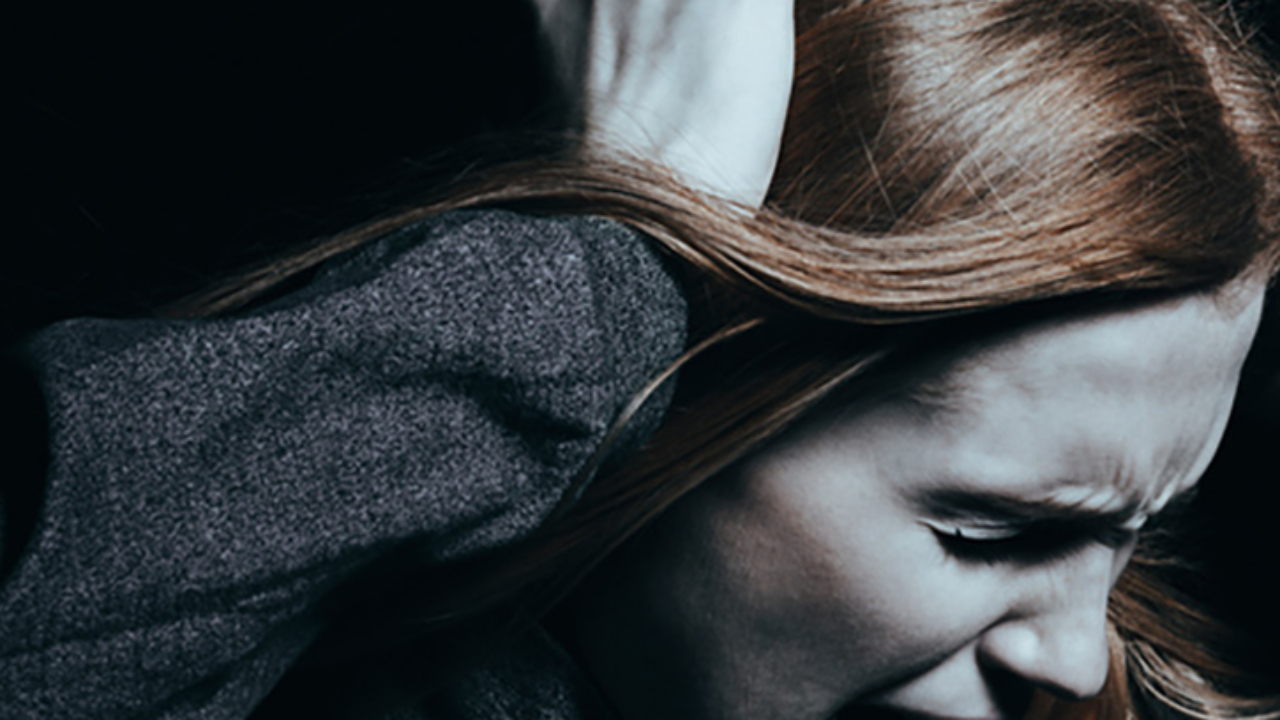Schizophrenia is a chronic psychiatric disease characterized by a set of symptoms, positive and negative, which make each patient manifest in a specific way, with a very determined picture of signs and symptoms.
Due to the variability between patients, this individualized treatment and follow -up. In its beginnings it was called ‘Early Dementia’, to subsequently acquire the denomination that partially defines the disease: ‘schizo’ and ‘frantia’, or divided mind.
Schizophrenia is a psychiatric disorder that manifests itself specifically in each patient and that requires an individualized treatment.
Schizophrenia is not related to low schooling situations or children’s traumas, and of course there are no guilty of its appearance.
There is no totally characteristic symptom of schizophrenia, it is accepted that they present alterations of perception in the form of hallucinations, reality in the form of delusions, of thought with very weak reasoning, of motivation and judgment. A disorganization of thought and behavior is also added. It is considered that the psychotic patient is a subject with difficulties in the structuring of thought and a marked deterioration of the ability to make decisions, which presents a great difficulty in controlling their emotion and, because of this, or together with it, deficit In their relationship with other people.
The main factors involved in the appearance and development of schizophrenia are:
Genetic predisposition: The presence of disease in parents or close relatives (uncles, cousins, grandparents, etc.) is a factor that increases the possibility of appearance in children.
Alterations during pregnancy or birth: anoxia (lack of oxygen in the fetus during pregnancy or childbirth), viral infections, trauma, etc.
Morphological, functional or biochemical alterations in the brain: in this section the habitual consumption of toxic substances and exposure to certain toxic and environmental stressfuls plays a fundamental role.
Family and social factors: although they are not universally accepted, they are always alluded as possible influential elements in the development of the disease or rather as shooting outbreaks.
Failure to comply with the treatment Once the disease is diagnosed: it is a high risk of appearance of relapses.
Depending on the signs and symptoms that predominate in the patient and the way in which they manifest, schizophrenia can be of the following types:
Paranoid: Alterations of thought and perception, with delusions and hallucinations. They are frequent the delusions of jealousy or persecution. The patient listens to unreal voices that order him. It is the most frequent type of schizophrenia.
Hebefranica: emotional alterations with strange and inappropriate affective manifestations.
- Catatonic: mainly affects the usual motor activity of the patient with stupor (decrease in intellectual activities with air of absence or indifference) or agitation. They can stay hours with rigid attitudes or move on to an intense degree of excitement.
- Simple: It affects the will and personality with withdrawal, poor ideas and decrease in impulses.
- Pos schizophrenic depression: it is a form of depression that happens following an schizophrenic outbreak, where their symptoms can remain, but not be predominant.
- Residual schizophrenia: It is usually equivalent to the stable phase after having suffered several acute outbreaks, predominantly negative symptoms such as behavior inhibition, with deterioration of the image in terms of hygiene or social behavior.
- Undifferentiated schizophrenia: it is an undifferentiated form, as it meets the criteria of the disease, but no subtype is distinguished based on its symptoms.
Positive and negative symptomatologies do not refer to symptoms that improve or worsen the prognosis of schizophrenia, nor positively or negatively influence the patient’s daily life. Positive symptoms of schizophrenia are considered to the set of signs and symptoms that cause in the patient excitation situations, alterations of perception, delusional behaviors, while negative symptoms are considered to those who cause in the schizophrenic a situation of emotional flattening, scarce or null communication, disconnection of the environment, etc.
Both blocks of symptoms of schizophrenia are counterproductive to the patient and require control so that it can lead a proper life.
Positive symptoms:
They are the behaviors, perceptions and pathological ideas present in the patient that do not appear in the general population. The patient lives in his new and own reality (he does not invent things, but has a totally altered perception of reality). At this time the patient is not aware of his illness, so a drastic confrontation with him is not recommended, questioning his ideas. These symptoms are:
- Delusional ideas: The patient believes that a series of things are happening that are not really happening.
- Sensory hallucinations: alterations of perception without an external stimulus that occasions. They are usually auditory (voices, sounds …), although they can also be visual, olfactory … sometimes violent acts can be perpetrated towards others or himself.
- Extravagant behavior: product of these delusional ideas and sensory alterations. They do not usually have a concrete purpose. The patient may present hyperemotivity, histrionism, and so on.
- Disorganized thought: The patient is not able to order and expose his thinking in an organized way, which manifests itself in an unconnected language and with an erratic message.
Negative symptoms
- Anhedonia: loss of interest in those things that previously interested and liked the patient.
- Apatoabulia: loss or absence of initiative to begin tasks or purposes and carry them out.
- Social isolation: decreased interest in social activities and that require relationships with other people. The patient tends to carry out solitary activities.
- flattened affectivity: reduction or, in severe cases, absence of expression and emotional response. It is reflected in actions such as facial mutism (it does not gesture with the face to stimuli), decrease in spontaneous movements, absence of visual contact, decreased oral message and tone of voice (the patient maintains a low tone of voice and is expresses with few words) with slowness or conversation blocking, etc.
Schizophrenia is an extremely complex treatment disease due to the conjunction of different factors that have great influence on their evolution, such as the complexity and severity of psychotic disorder, and biological, environmental and psychosocial components.








